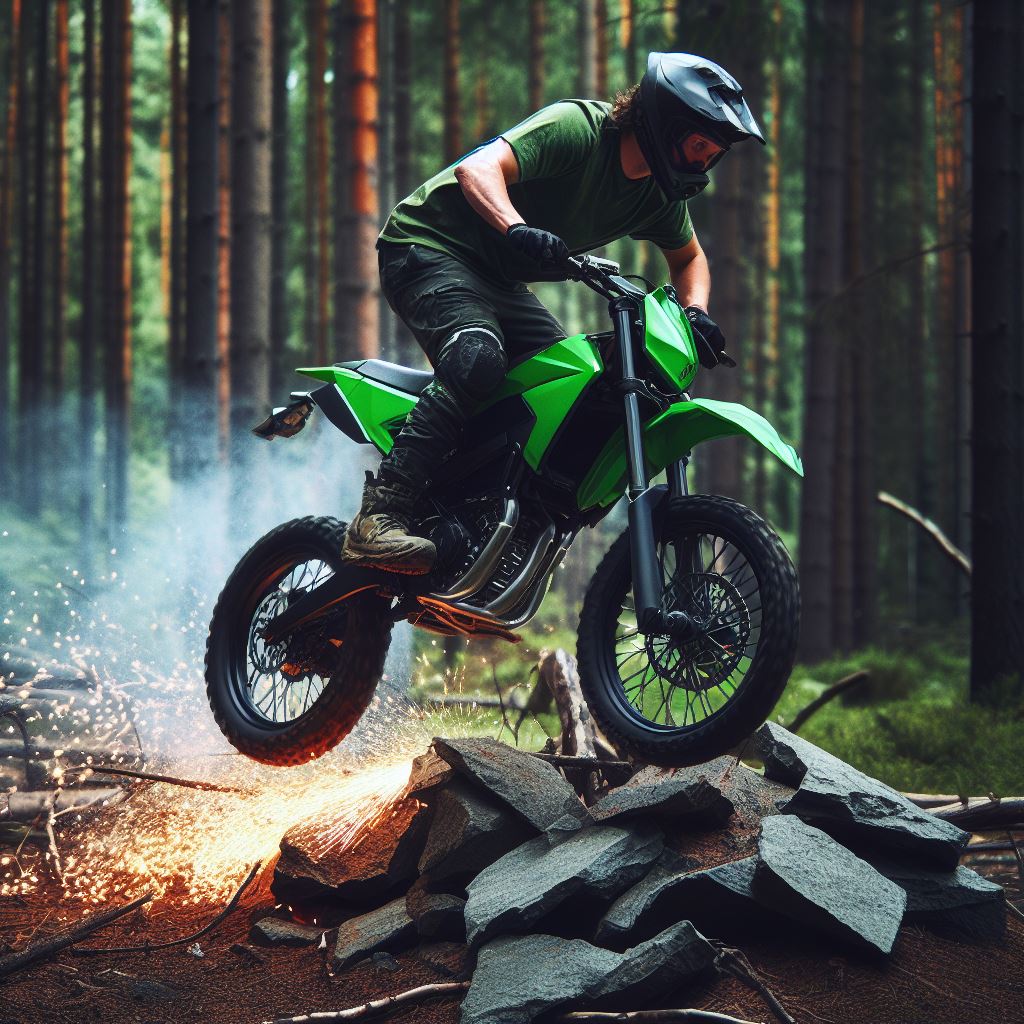Are Ebikes Allowed on Bike Trails?
It’s a sunny Saturday morning in Sydney as James rolls his new ebike out of the garage. He’s excited to take it on the popular cycling path along the Parramatta River for the first time. As James pedals down the street, he wonders – are ebikes actually allowed on bike trails in Australia?
Ebikes have surged in popularity in recent years. Ebike sales in Australia increased by a whopping 300% in 2020 alone! With their electric assist, ebikes make cycling accessible to more people. However, their classifications and regulations are still evolving. So let’s break it down – are ebikes allowed on bike trails in Australia?
Understanding Australian Ebike Classifications
To answer whether ebikes can legally ride on bike paths, we first need to understand how they are classified in Australia:
- Low-powered ebikes – Have a maximum electric motor power output of 200 watts and electric assistance cuts out at 25 km/hr. Also known as pedelecs.
- Higher-powered ebikes – Can have up to 250 watts of power and electric assistance up to 45 km/hr. Registered as motorbikes/mopeds.
The key is that low-powered ebikes follow similar rules to regular bicycles, while higher-powered ebikes require licensing and registration like mopeds and motorcycles.
For bike trails, regulations generally focus on the low-powered models. So as long as your ebike fits Australia’s pedelec definition, you’re off to a good start!
Navigating Ebike Regulations By State and Territory
Here’s the tricky part – ebike laws can vary across different states and territories in Australia:
| State/Territory | Ebike Regulations |
|---|---|
| New South Wales | Ebikes are treated as normal bikes and allowed wherever bicycles are permitted. |
| Victoria | Low-powered ebikes are allowed on bike paths. Higher powered models banned. |
| Queensland | Low-powered ebikes allowed on bikeways. Higher powered models only allowed on roads. |
| Western Australia | Low-powered ebikes allowed on bike paths. Higher powered models only allowed on roads. |
| South Australia | Low-powered ebikes treated as normal bicycles. Higher powered models disallowed from bike paths. |
| Tasmania | Low-powered ebikes allowed on bike trails. Higher powered models banned. |
| Northern Territory | No legislation distinguishing between ebikes and bikes. All types allowed by default. |
| Australian Capital Territory | Low-powered ebikes treated as bicycles. Higher powered models banned on bike paths. |
The key takeaway? Always check local regulations before riding your ebike on bike trails. Regulations are evolving so it’s important to confirm exactly where your ebike is permitted.
While confusing, these regulations aim to balance ebike access with safety. Next, let’s talk about how to ride responsibly once on the trails.
Ebike Etiquette and Safety on Australian Trails
When you’re out riding your ebike, following proper trail etiquette is vital. Here are some key tips:
- Yield to other users – Pedestrians, hikers, and traditional cyclists have right of way. Slow down, make your presence known, and pass carefully.
- Obey speed limits – Limit yourself to cycling path speed limits, usually 15-20km/hr. Excessive speeding gives ebikes a bad reputation.
- Use a helmet and safety gear – Accidents can happen. Protect your head and stay visible.
- Stay in control – Keep both hands on the handlebars and don’t rely too heavily on the electric assist.
- Pass with ample space – When passing other cyclists or pedestrians, allow at least 1 metre clearance.
- Avoid noise pollution – Keep ebike noise and music to a minimum to avoid disturbing others.
Following the rules of the road and being a courteous trail companion will help ensure access for all rider types.
Embracing Ebikes for Inclusive Trail Access
For many, ebikes provide an opportunity to get outdoors and onto trails that they couldn’t access before.
Ebikes open up cycling to:
- Senior riders
- Riders with limited mobility or disabilities
- Riders who live in hilly areas
- Commuters traveling longer distances
- Riders carrying lots of cargo or kids
However, there are still concerns in some cycling communities about “motorized” bikes on recreational paths.
By understanding local ebike regulations and embracing proper trail etiquette, we can advocate for inclusive policies that welcome ebike riders. With a spirit of collaboration and communication, shared outdoor spaces can accommodate different users.
The future looks bright for ebikes increasing accessibility, reducing carbon emissions, and getting more people actively enjoying Australia’s beautiful bike trails.
Conclusion: Exploring Australia’s Trails Responsibly
So are ebikes allowed on bike trails in Australia? In most cases, low-powered ebikes are permitted but regulations vary. Before riding, check your region’s specific rules. Once on the trails, be a respectful rider, follow etiquette guidelines and help promote the safe inclusion of ebikes.
With proper protocols, ebikes provide an exciting opportunity to open up cycling to people previously excluded. Australia’s bike trails can offer new adventures and accessible recreation to riders of all ages and abilities. Let’s work together to safely embrace the positive potential of ebikes.
Now equipped with the insights from our ride today, James heads out excitedly but cautiously on the trail ahead. He takes care to mind his speed, yield to other cyclists, and ultimately serve as a responsible ebike ambassador sharing the path.
Escooter Laws Australia State by State

